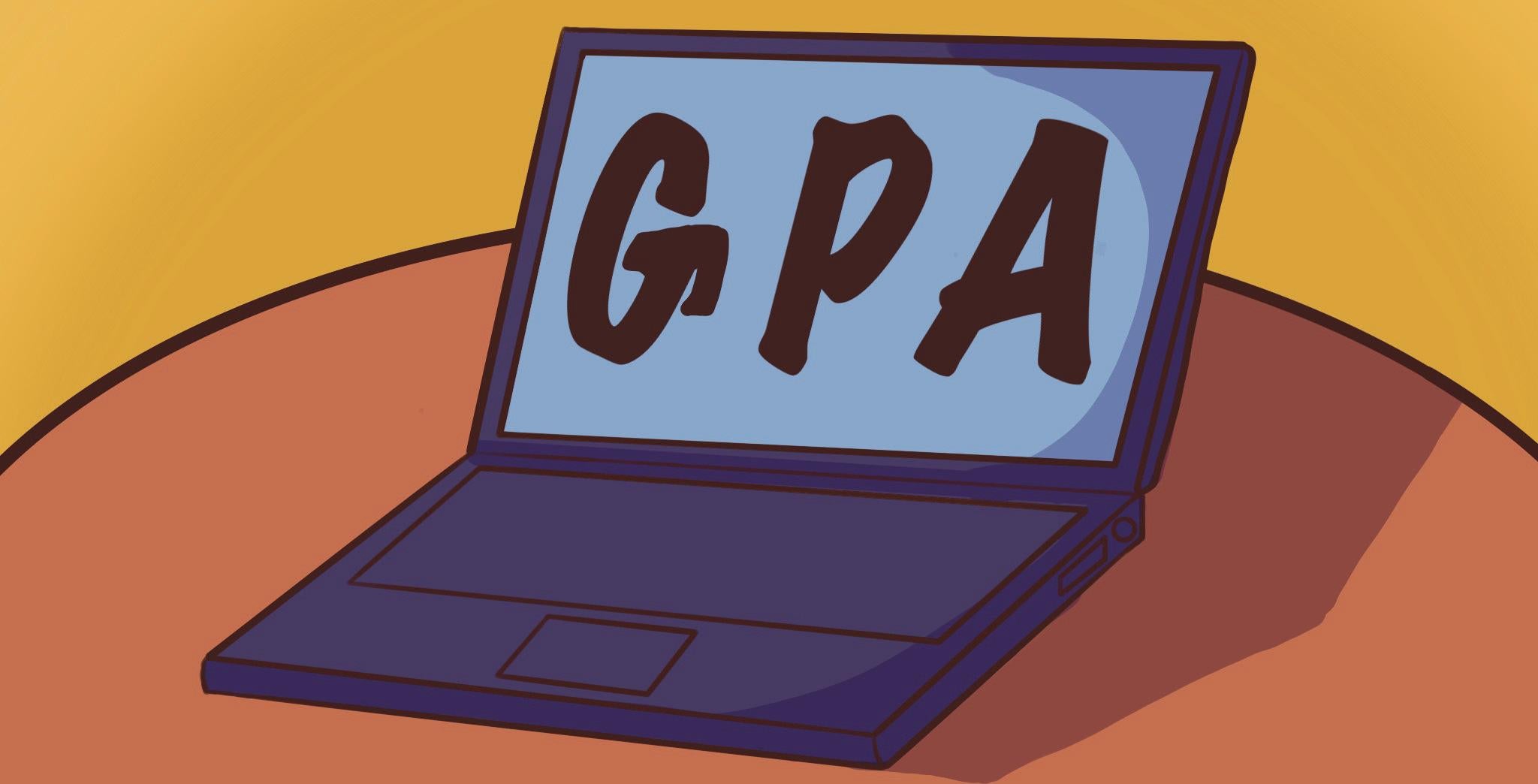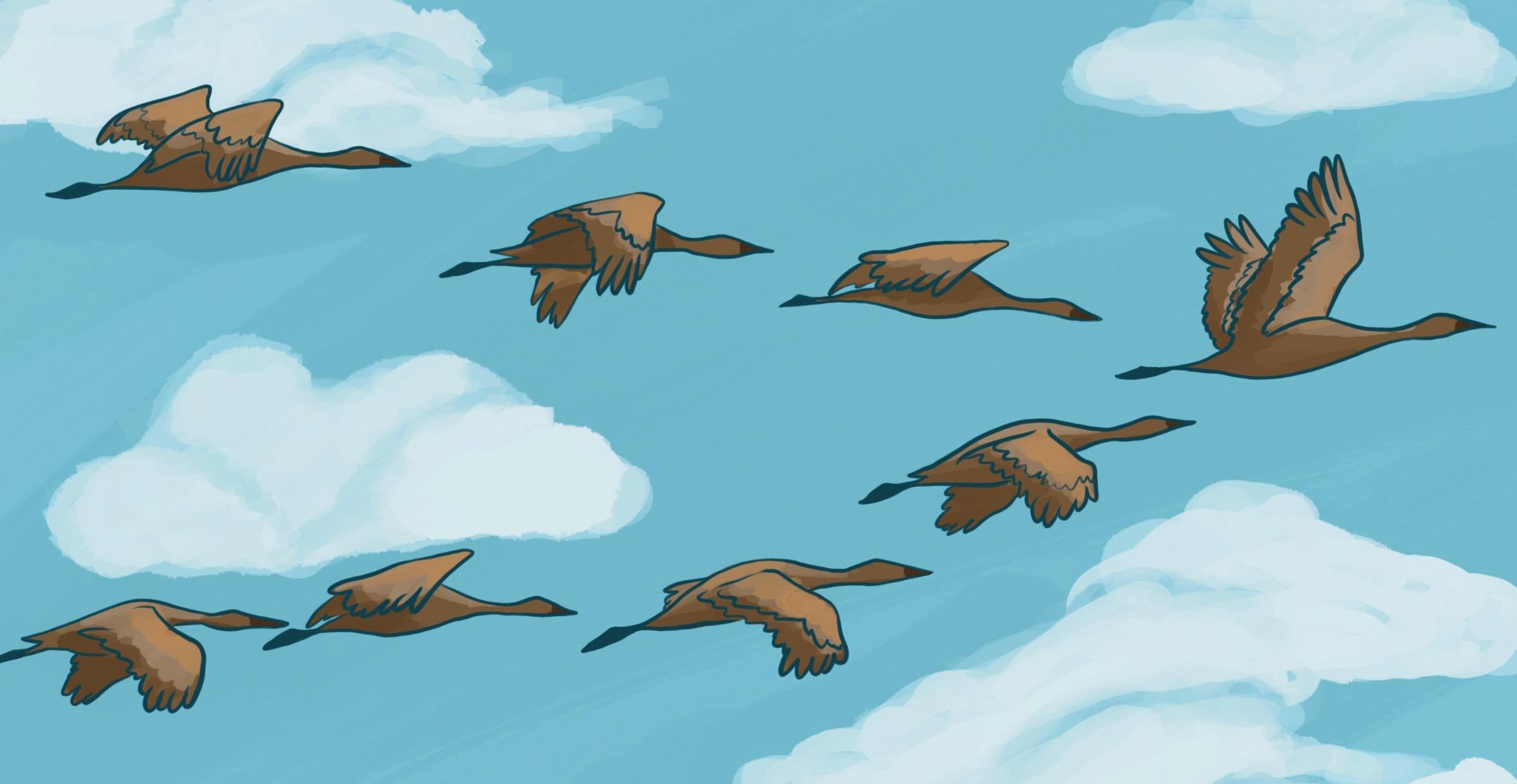
3 minute read
Is land acknowledgment enough?
By Lillie Salas Features Editor
Due to the history of the University and its controversy surrounding the former mascot, a land acknowledgment statement is required to be read at many campus events to acknowledge the Indigenous tribes that were native to Champaign County.
However, how much progress has been made through this statement, and how do Native American students and staff feel about this statement in reality?
Many Native American students on campus have strong opinions about how the land acknowledgement statement actually helps the Native population.
Although it could be refreshing for some to hear the University recognize the 13 tribes listed before campus events to pay respects, the Native American community may not feel that this effort is enough.
Cydnee Weber, senior in LAS and a descendant of the Cherokee Nation and Pamunkey tribes, displays mixed feelings about the statement.
“I really wasn’t too sure how I felt about it when I first heard it,” Weber said. “Obviously, it is super important to know and acknowledge how the University came to be, and that these lands belonged to different tribes. However, I felt like there is more that needs to be done.”
Weber stated that the mispronunciation is common when announcers read the statement, which contains numerous tribal names.
Weber acknowledges that it can be hard to properly pronounce words that are not in your first language, but she feels that if the University wants to take real responsibility, it should be held responsible for respecting and enforcing the correct usage of tribal names.
“If you care enough to give the land acknowledgement, then why would you not care enough to pronounce things correctly,” Weber said. “Not taking the time to work on pronunciation shows that you simply do not care. This is just another thing on your checklist you have to get done. Just another thing you have to say.”
The statement is often viewed as performative, according to various Native American students currently on campus.
Yanaba Schroeder, freshman in ACES, is enrolled as a member of the
Navajo Nation and shares the idea that the statement is not doing enough and recognizes its performative tone when it is used to take responsibility.
“I thought it was nothing more than a way for the University to protect itself,” Schroeder said. “It was a basic cut-ofthe-mill statement that most universities or establishments make to make it known they are on Native lands.”
Despite the criticism of the land acknowledgement statement by some, other native individuals on campus recognize the positive impact it has had since being implemented.
Jenny L. Davis, director of the American Indian Studies program at the University and citizen of the Chickasaw Nation, feels that the statement has brought more attention to the importance of acknowledging the history of the land.
“The land acknowledgment statement, at its core is just a statement of facts,” Davis said. “But before 2018, probably no more than a very small handful of people could have listed or named whose tribes and land the University is on. Because of the land acknowledgment statement, they’ve all heard it. They’ve heard it multiple times and I think that’s a pretty significant shift that’s happened in the past few years.”
With the positive effects in mind, Davis still feels that the University should not stop trying to do better.
“I think it’s a first step. An opening and a first step towards some important conversations that we need to have on campus and towards people being fully aware of where they’re at and the histories of how it came to be,” Davis said. “I think it’s part of larger initiatives that we have where we’re trying to increase the number of Native students that attend here.”
Aside from increased Native enrollment, Native students feel there are various steps the University can take in order to better their experience on campus.
Students say that one of these steps could be to fully remove images of the former mascot, “Chief Illiniwek”, from merchandise and other forums.
A tradition that lasted from the 1920s into 2007 was Chief Illiniwek performing a series of offensive performances during different sporting events. This mascot was played by white men and mocked sacred Native American traditions.
Chief Illiniwek was retired Feb. 16, 2007 by the chair of the University of Illinois Board of Trustees. Since then, the land acknowledgment statement was created, and the earliest recording of its existence was the online publication of it in 2018 through the Office of the Chancellor’s website.
“The University cannot say that they are supportive of Indigenous students and that this is a place where students from all backgrounds have equal opportunities to learn when an awful Native stereotype still plagues this campus,” Weber said. “Unofficial or not, the Chief is still deeply embedded in the culture of this campus. Just because it’s no longer an official mascot doesn’t mean he’s not everywhere.”
Native students feel developing the Native American House and planning different events centered around Native culture, there is still more that needs to be done before the University can be praised.
To set goals to create change, Schroeder said that overall knowledge of the community is necessary and Indigenous students will fight to be acknowledged on campus.
“We as Indigenous people still rise,” Schroeder said. “No matter the hardships and obstacles placed in the way for us to achieve higher education, we will continue to fight and represent our ancestors and where we come from in a resilient way.”











